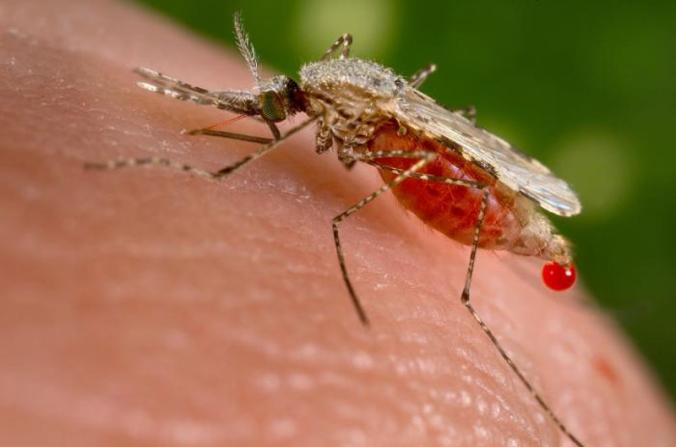The New York Times, July 21, 2014
One day in 1988, a college dropout named Jonathan Stanley was visiting New York City when he became convinced that government agents were closing in on him.
He bolted, and for three days and nights raced through the city streets and subway tunnels. His flight ended in a deli, where he climbed a plastic crate and stripped off his clothes. The police took him to a hospital, and he finally received effective treatment two years after getting a diagnosis of bipolar disorder.
“My son’s life was saved,” his father, Ted Stanley, said recently. When he himself was in college, he added, “those drugs didn’t exist; I would have had a nonfunctioning brain all the rest of my life.”
